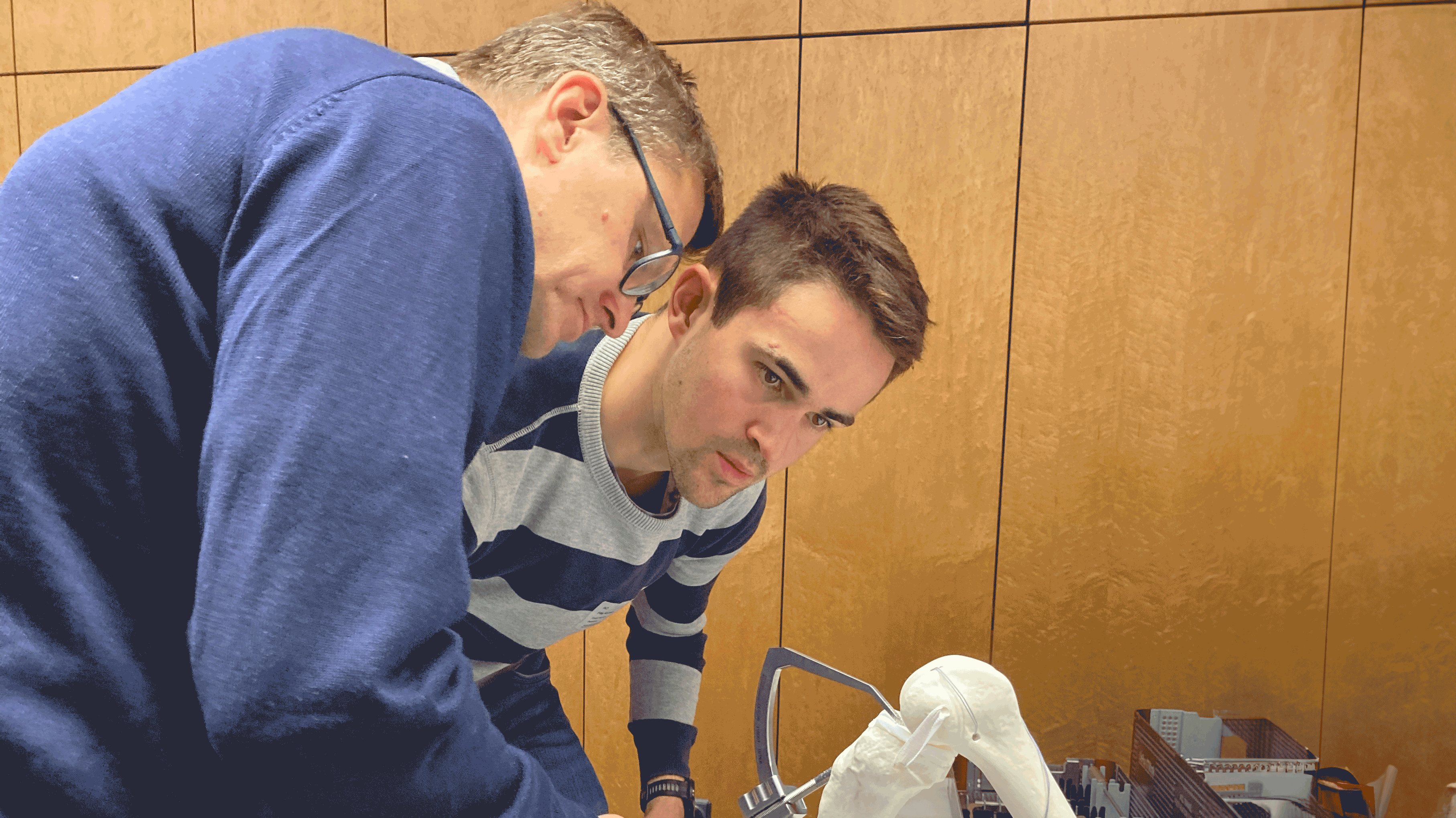Reasons abound for addressing tibial plateau fractures in ACL injuries

By Richard Glaab, MD
Clinic manager and chief physician (orthopedics and traumatology), head of Sports Medicine Center, head of sports traumatology
Kantonsspital Aarau (KSA), Switzerland
Addressing posterolateral tibial plateau fractures in anterior cruciate ligament (ACL) injuries is essential to achieve optimal patient outcomes, preserve function of the knee joint, prevent long-term complications, and enhance patient satisfaction.
It is important to address posterolateral tibial plateau fractures in ACL injuries for several reasons, specifically:
• Stability: Posterolateral tibial plateau fractures can compromise the stability of the knee joint, especially in combination with a torn ACL. These fractures can lead to increased rotational instability of the knee, making it difficult for the patient to perform daily activities and participate in sports.
• Functional outcomes: Nontreatment of posterolateral tibial plateau fractures in ACL injuries can result in poor functional outcomes. For example, patients may experience persistent pain, limited range of motion, and difficulty with weight-bearing activities.
• Long-term joint health: Osteoarthritis is one of the long-term joint problems that can result from untreated fractures. The altered mechanics and instability caused by these fractures can accelerate joint degeneration, leading to more severe joint issues in the future.
• Risk of ACL graft failure: This risk may increase when ACL reconstruction is performed without addressing concomitant posterolateral tibial plateau fractures. The unstable knee can place excessive stress on the graft, resulting in suboptimal outcomes after ACL reconstruction surgery.
• Patient satisfaction: Improved patient satisfaction is another compelling reason to comprehensively treating both ACL tears and posterolateral tibial plateau fractures. When patients are treated for both injuries simultaneously, they are more likely to achieve better functional outcomes and resume their desired levels of activity.
• Prevention of complications: Posterolateral tibial plateau fractures can sometimes go unnoticed, and complications such as meniscal tears or ligamentous injuries may be missed. Surgeons can ensure a more comprehensive assessment of the knee joint by addressing these fractures as part of the treatment plan.
It is worth noting that a comprehensive approach that considers both injuries is often necessary for the best results.
Discover the latest AO Sports course offerings here.
You might also be interested in:
- Learning about clinical results after surgical treatment of posterolateral tibial plateau fractures (“apple bite fracture”) in combination with ACL injuries | SpringerLink
- Reading about the highly interactive AO Sports knee course that focuses on the knee as an organ
- Learning more about AO Sports

